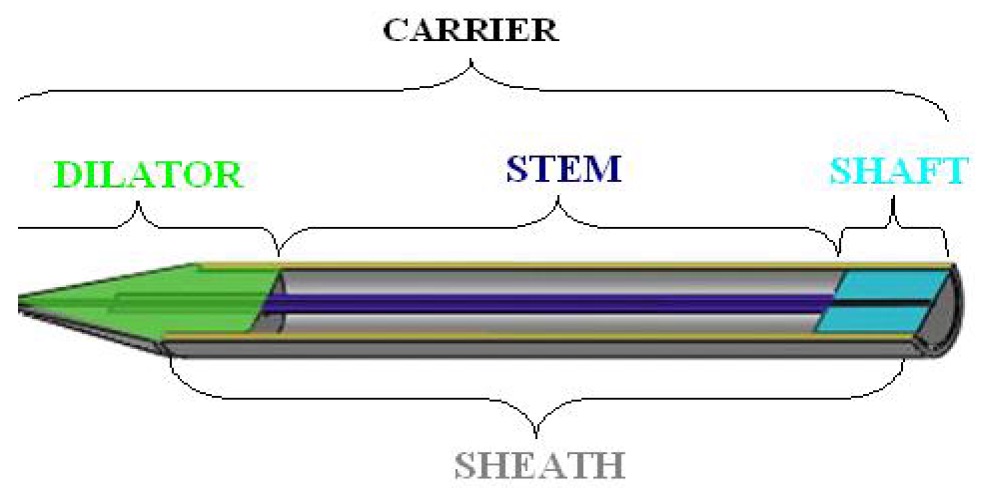London, U.K. – The Supreme Court of the United Kingdom has ruled against Indianapolis-based Eli Lilly & Company in a patent dispute. Lilly had challenged the validity of the patent of Human Genome Sciences, Inc., of Rockville, Maryland that covers the gene sequence of a protein called Neutrokine-α.  Lilly had challenged the patent based on the fact that there is no known use of the protein. Thus, Lilly argued, the gene sequence was not patentable due to a lack of industrial application.
Lilly had challenged the patent based on the fact that there is no known use of the protein. Thus, Lilly argued, the gene sequence was not patentable due to a lack of industrial application.
According to the Indianapolis Business Journal, Lilly continues to maintain the patent is invalid. The IBJ quoted a Lilly statement as stating “Human Genome Sciences seek to foreclose a whole area of research in a way that is not only harmful to the industry, but would ultimately and unjustifiably hinder the future development of new medicines.”
Practice Tip: The Court’s decision was based upon the European Patent Convention and United Kingdom patent doctrine requiring a patentable invention be susceptible to industrial application, which is similar to the U.S. patent doctrine of utility. The Court’s decision here holds that the U.S. doctrine of utility creates a higher bar to patentability that the E.U. and U.K. doctrine. The opinion explicitly rejected U.S. cases on the doctrine, including Brenner v Manson, 383 U.S. 519 (1966) and in re Fisher, 421 F.3d 1365 (2005).
 Indiana Intellectual Property Law News
Indiana Intellectual Property Law News



